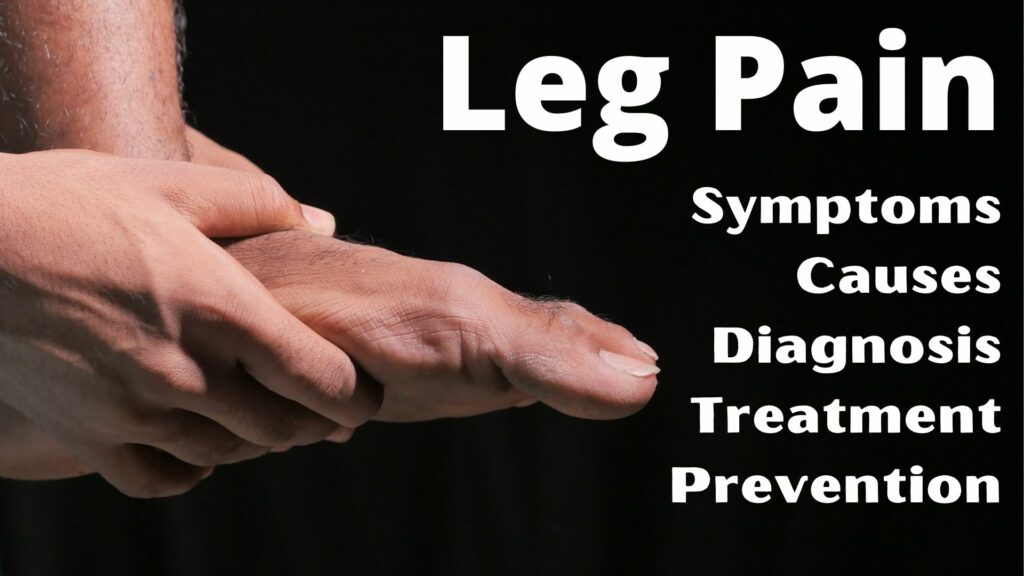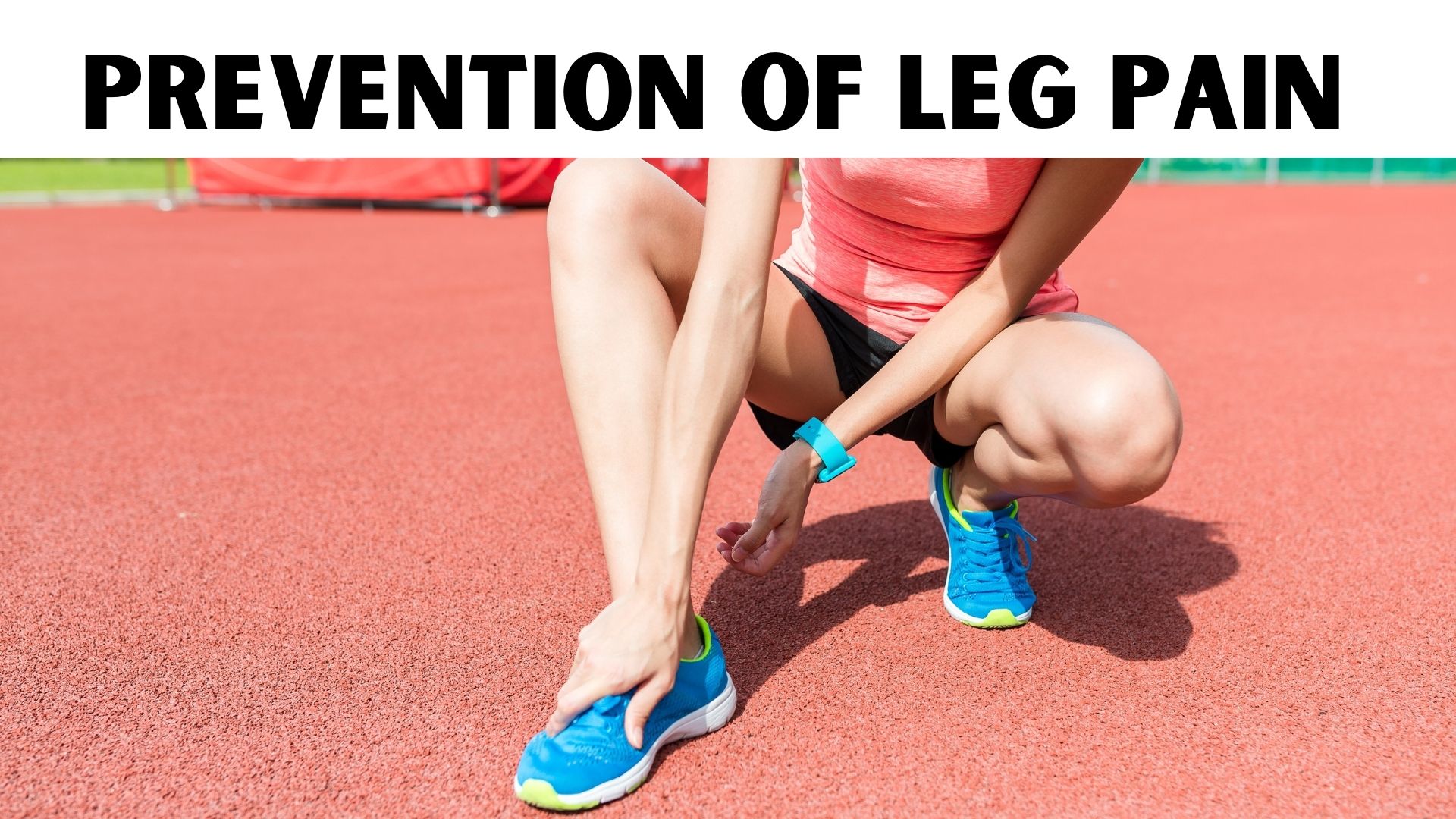Many people experience leg pain at some point in their life. It can be a result of many different things. This includes injury, arthritis, and other issues related to the bones and joints in the lower body. In this blog post, we will walk you through what you need to know about the condition so that it doesn’t become a larger problem for you!
Contents
What is Leg pain?
 Leg pain is a condition of suffering from aches or discomfort in muscles and joints around the lower extremities. There can be a number of reasons, including age-related inflammation, injury to tendons, ligaments, or bones due to trauma, etc. The causes are usually not life-threatening but it causes severe physical suffering that can interfere with one’s day-to-day life.
Leg pain is a condition of suffering from aches or discomfort in muscles and joints around the lower extremities. There can be a number of reasons, including age-related inflammation, injury to tendons, ligaments, or bones due to trauma, etc. The causes are usually not life-threatening but it causes severe physical suffering that can interfere with one’s day-to-day life.
7 Symptoms of Leg Pain

Leg pain symptoms can vary from person to person. Some people experience a dull ache that comes and goes with certain activities or at different times. Others feel sharp pains as though something is stabbing them in the leg. This happens when they move their legs a certain way. In some cases, individuals will develop cramps or spasms which are sudden, intense pains that come on suddenly. Leg pain symptoms include:
Weakness
It is the condition of pain that makes it difficult to stand or walk
Tingling
A prickly sensation in the legs and feet. Leg pain treatment will depend on what is causing your specific symptoms. However, medications such as NSAIDs or muscle relaxants can help reduce inflammation. Also, physical therapy may improve function and decrease discomfort
Numbness
A pain that numbs the foot, ankle, or calf area especially if you sit for long periods of time. A pinched nerve can cause numbness in your back and neck. It may start at one point but spread throughout these areas as well.
Postural Pain
A pain that worsens when you stand for long periods of time. Some people experience pain in one leg and others feel it on both. It may also get worse when you sit for long periods of time or try to stand after sitting for a while.
Tightness
Tight muscles that cause stiffness, tension, and discomfort throughout the legs.
Sharp Pains
Leg pain treatment will depend on what is causing your specific symptoms. However, medications such as NSAIDs or muscle relaxants can help reduce inflammation. On the other hand, physical therapy may improve function and decrease discomfort.
Stabbing Pain
A pinched nerve can cause stabbing pain in your back and neck. It may start at one point but spread throughout these areas as well.
20 Causes of Leg Pain
There are many causes of leg pain and it can range from mild to severe. But regardless, you should always consult a doctor if your leg hurts! If the cause is serious enough, such as internal bleeding or cancer (although this is rare), then getting medical attention could literally save your life. So get off that couch and see a doctor if your leg is hurting.
Muscle Cramps

One of the most common causes is muscular cramps. Dehydration or lack of electrolytes can cause muscle cramps to a great extent. If you suspect this may be your problem, try to fix it through proper hydration and eating right so that your muscles don’t spasm again.
Shin Splints

Shin splints are the most common cause of leg pain in athletes. This happens when your muscles and tendons on either side of your shin bone become inflamed. This may happen due to overuse or an illness such as mono (caused by a virus). If you’re not sure if this is what you have, it might be wise to get it checked out by your doctor. This will help you make sure you can keep running.
Blood Clot
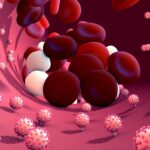
It should also be noted that the pain in one leg could mean a blood clot, especially if there is swelling and redness present. This happens when a vein breaks inside of your body and it needs immediate attention from medical professionals so they can release the clot through medication or surgery.
Cancer

Cancer is another rare cause of leg pain but it should be looked into if the pain does not subside after trying other possible causes. This can be one of the most deadly pains so always make sure you get it checked out by a professional to avoid any further complications!
Tendinitis
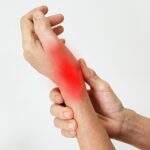
Tendinitis is a common cause of pain and swelling in the tendons, especially those located on either side of your knee. It can be caused by an illness such as mono (caused by a virus) or overuse from activities like running or playing sports. Apply ice to the affected area for 20 minutes at a time to reduce inflammation and pain.
Broken Bone and Sprains

Broken bones and sprains can also cause your leg to hurt. If you feel excruciating pain when you touch the area or try moving it, then that’s a good sign something isn’t right! It could be broken if there are extreme deformities in the bone or extensive swelling present. As for sprains, these happen when the ligaments in your leg get twisted and will also cause severe pain. Apply ice to reduce swelling and ease the pain before seeing a doctor!
Varicose Veins

Varicose veins and blood clots can also cause leg pain. These are the ones that look swollen and bulging while a clot is when a vein has broken inside of your body which needs immediate attention from medical professionals so they can release it through medication or surgery. If you experience any symptoms such as swelling, warmth on the affected area of your leg, and redness then go see a doctor immediately!
Knee Pain
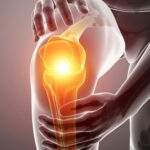
Knee pain is when the cartilage in your knee becomes inflamed which can be caused by arthritis or injury such as falling. You should always wear protective gear when you’re active to avoid injuries like this one since they can cause a lot of pain and discomfort. If you have arthritis, then there are many medications that can help ease the pain so consult your doctor!
Lower-extremity Peripheral Arterial Disease
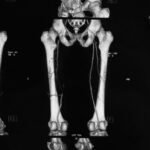
Finally, the lower-extremity peripheral arterial disease is when your arteries become blocked which can be caused by atherosclerosis or injury to the artery. If you have pain in one leg but not the other then this could be what’s causing it. So go see a doctor right away!
Narrowed Spinal Canal and Sciatica

Narrowed spinal canal (stenosis) and sciatica are two conditions that can also cause leg pain. Nerves in your spine become pinched which causes the radiating lower back/buttock/leg pain but these problems should go away with rest, medication, or surgery! Sciatica is when there is severe pressure on the sciatic nerve which causes pain in the lower back, buttocks, and legs. If you have these symptoms then go see a doctor right away!
Diabetic Neuropathy

Finally, diabetic neuropathy is when you have nerve damage that can be caused by diabetes. You’ll feel a tingling sensation in your legs and feet which will cause pain as well as numbness. One should not take diabetes lightly. Hence, if this happens to you then go see a doctor immediately!
Electrolyte Imbalance

Hyperkalemia and hypokalemia can cause electrolyte imbalance. Hyperkalemia is when there’s too much potassium in your blood which causes severe pain as well as weakness or numbness while hypokalemia is the opposite where there’s not enough potassium in your body causing you to experience pain. The best way to avoid this is by eating a well-balanced diet!
Arthritis

Arthritis causes your joints to become inflamed which can cause severe pain and swelling in the affected area of your leg or hip. You’ll have difficulty moving it because it will be too stiff so consult with your doctor to see what type of medication they can prescribe to help ease the pain!
Repetitive Stress Injury

Overuse can cause repetitive stress injury. It may occur when you’re constantly using your muscles or tendons. You should stretch before exercising/doing any strenuous activity to avoid this from happening in order to prevent excessive wear and tear in your joints.
Pulled Muscle

Pulled muscles are likely to happen when you’re exercising since your body isn’t used to it yet. This can cause pain and discomfort in the affected area of your leg. But, it should go away on its own after a few days!
Stress Fracture

Stress fractures are similar to pulled muscles where your body isn’t used to the activity that you do. It leads to pain and discomfort in the affected area of your leg. If this happens, then try not doing any strenuous activities for a few days until it heals. Remember, if there is severe pain then consult your doctor immediately!
Meralgia Paresthetica
Meralgia paresthetica is when there’s pressure on the nerve root that causes pain in your legs and thighs. It can also cause numbness/tingling which should go away with rest, medication, or surgery! If you have these symptoms then it could be a sign of something more serious so consult your doctor right away!
Herniated Disc
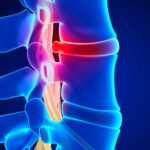
Herniated discs are common in middle-aged adults and can cause pain/discomfort. This pain radiates to the lower back, buttocks, legs, or feet. It’s also accompanied by numbness/tingling in these areas. Hence, if you have these symptoms then it could be a sign of something more serious! Consult with your doctor immediately so they can prescribe medication to help ease the pain!
Bone Spur
Finally, calcium build-up on bones is the main cause that leads to inflammation and stiffness. This causes a lot of pressure in your joints leading to severe pain/discomfort as well as swelling. If you have these symptoms then it could be a sign of something more serious like arthritis or osteoporosis. Therefore, you must consult with your doctor immediately!
Diagnosis of Leg Pain
Leg pain is very common in adults. It can be acute or chronic and typically presents with sharp, stabbing, throbbing or aching pain that originates from the leg itself rather than above the knee or foot. Leg pain may radiate to areas outside of its region (e.g., groin), which makes diagnosis tricky at times.
Leg pain can be a symptom of serious conditions such as deep vein thrombosis, so it is important to consult with a doctor if you have any concerns. Diagnosing leg pain requires identifying its source and duration in order to differentiate between acute versus chronic cases. Your physician will also ask questions about your medical history, family history, and lifestyle. In addition, leg pain can be a symptom of other conditions such as fractures and injuries as well as pathological diseases.
Physical examination

A doctor will begin by asking questions about your symptoms, pain intensity, and duration. They may also ask you to describe the location of your pain or there is any numbness or tingling sensation. This can help them differentiate between different possible causes of leg pain.
Next, they will perform a physical examination to determine the area of discomfort. They may use their hands or ask you to point out where your pain is localized so that they can differentiate between different structures in this region. During the examination, it’s important for you to remain as still as possible and not move suddenly if it causes additional pain.
MRI

If your doctor suspects that you may have a tumor or an infection, they may recommend an MRI. This is often done for people with leg pain lasting more than six weeks as well as those who are over the age of 50 and/or smoke cigarettes since these factors can increase their risk of deep vein thrombosis (DVT).
Medical History
Your doctor will ask you questions about your medical history to determine what underlying conditions or risk factors may be causing your leg pain. A family history of blood clots, such as myocardial infarction and stroke among older relatives, can increase the likelihood of having DVT. Your physician will also inquire about any prior injuries/fractures in the leg. It’s important for you to communicate any past injuries, surgeries, or medical conditions that may be relevant when considering your diagnosis and treatment options.
Blood work
If they suspect an underlying disease or infection, they may also recommend a complete blood count (CBC) along with blood tests. This includes erythrocyte sedimentation rate (ESR), C-reactive protein, erythrocyte count.
Diagnostic Nerve Blocks
In some cases, the doctor may perform a diagnostic nerve block. In this procedure, an anesthetic or steroid is injected into the area of leg pain. This determines the sensation improves after the injection. This can help your physician differentiate between different possible causes of pain. It includes muscle strain versus fracture/infection versus referred pain from another structure such as the hip or back.
Risk Factors
The severity of the symptoms is influenced by factors including age, sex, and race. For example, older people are more likely to suffer from chronic leg pain than younger adults who have episodes only occasionally. In women, hip or knee joint pain is more common. In fact, the most likely cause of leg pain in young women between thirty and forty years of age is osteoporosis while that for middle-aged men above fifty years old is deep vein thrombosis (DVT).
Natural Remedies to Treat Leg Pain
There are a few natural remedies that you can use to treat leg pain, some of them are:
- Exercise the area that is in pain.
- You can also apply ice or heat to relieve pain but do not use both at once since they cancel each other out.
- Massages will help reduce leg cramps and tension. It has even been known for people with arthritis to benefit from massages because of how it helps with pain management.
- Stretching is also helpful by taking your mind off the pain and focusing on what you are doing, especially if it involves bending over.
- Drink plenty of water since dehydration can cause muscle cramps.
- If none of these remedies work for you there are products that can help such as leg cramp relievers, compression socks, or even a massaging seat cushion.
Consult your doctor about the different options and remedies that can help manage your pain.
Medical Treatments
There is a wide range of medical treatments that you can use to treat the pain of your leg. Each of them has been explained below in detail:
Physical therapy
This treatment can help to reduce pain and strengthen the muscles. A doctor can provide a list of exercises that will benefit you most in relieving leg pains. The first step of treatment is to relax your muscles. A physical therapist may use a massage technique to help relieve your leg pain.
Surgery
If other treatments have failed, surgery might be the next step for your treatment options. In some cases, an injection or surgery can reduce symptoms and improve walking abilities by strengthening muscles in the affected area of the body. Seek advice from your doctor if your leg pain is inoperable.
Non-invasive Procedures
Your doctor may recommend non-invasive procedures such as ultrasound, electrical stimulation or shock wave therapy to help relieve the symptoms of your leg pain. These treatments can be done right in your doctor’s office and will not require any recovery time after treatment has taken place.
Medications
Medical treatments for leg pain may include medications such as anti-inflammatories to help reduce symptoms and make it possible for you to continue with your daily activities. Other types of medication can be used in order to relax the muscles and produce a calming effect, which will relieve some symptoms associated with the loss of movement or discomfort in the affected area of the body.
Prevention Of Leg Pain
Prevention of leg pain is the best way to avoid experiencing any of these symptoms. Here are some tips:
- Proper footwear is important because it can prevent many types of leg pain, such as heel spurs and plantar fasciitis. Make sure you look for shoes that fit well and have plenty of arch support. Additionally, wearing flip-flops or sandals with no support is a bad idea as well.
- When exercising regularly, it is important to take a break every once in a while. Make sure you stretch before and after your workout because this can help prevent leg pain from occurring as well.
- Avoid Smoking. Smoking is bad for the entire body, but it is especially terrible for your legs. If you have to smoke, do so far away from where you are exercising or when you are not wearing shoes with proper support because smoking can cause leg pain in these circumstances as well.
A Word From Mantra Care
If you are experiencing leg pain, it may be time to take a closer look at your posture. The way that we sit or stand can have major effects on the health of our lower body. It’s important to make sure that the muscles in our back, hips, and legs are strong so they can provide adequate support for this part of our bodies. You should also try some stretches after sitting still for extended periods of time as well as before bedtime because these poses help with circulation and relieve tension in joints and muscles too! Do any of these sound familiar? Try them out tonight when you get home from work and let us know how they go tomorrow morning!
Physical Therapy help patients recover from pain. If you’re experiencing Back pain, Shoulder pain, Knee pain, Neck pain, Elbow pain, Hip pain or Arthritis pain, physical therapist at MantraCare can help: Book a physio therapy session.
